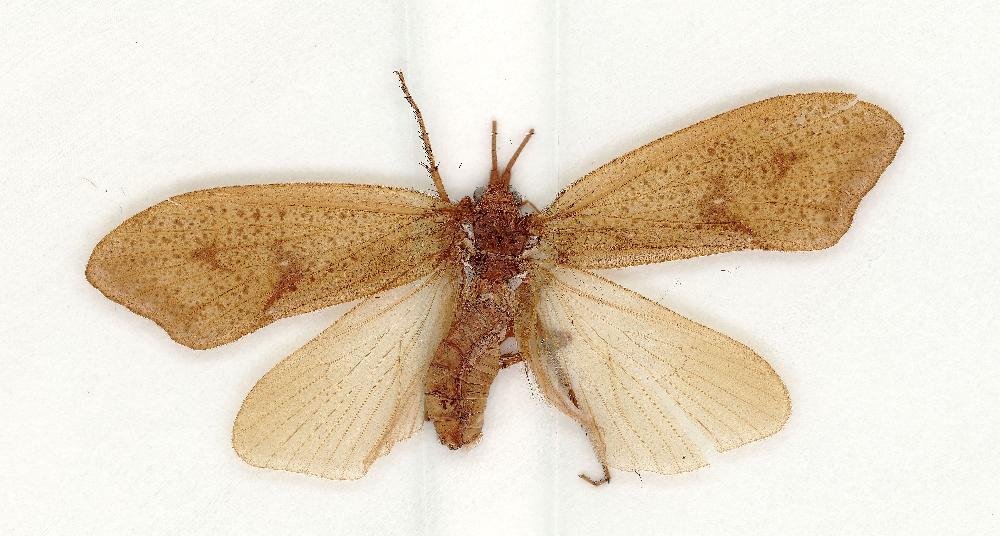In Case You Didn't Know ...Insects make up the bulk of the (non-microbial) diversity in Great Smoky Mountains National Park. Estimates of species occurring in the Park are, at best, educated guesses and only through further research will we approach the total number that inhabit the Smokies. Worldwide, there have been several hundred thousand different insect species described and some estimates indicate that this number will eventually reach 30 million!
Insects have lived on earth for 350 million years and in this time have evolved many interesting adaptations, which allow them to persist in a wide variety of habitats. The incredible diversity of insects, both in terms of number of species and their natural history, has made them a topic of great interest and wonder. The following taxa pages describe some of what?s known to date regarding the Park?s insect fauna, however, there is so much more to be discovered with these numerous and fascinating animals!
The Class Insecta is known by the following characteristics.
1) an exoskeleton (skeleton on the outside) made of chitin.
2) a three-part body (head, thorax and abdomen).
3) three pairs of jointed legs.
4) compound eyes (multiple lenses).
5) two antennae.
Many insects are beneficial to the environment and the Park?s ecosystem performing key tasks such as plant pollination, organic decomposition and recycling, and serving as food for birds, fish, and other animals. Without them performing these services, hundreds of plants and other animals would disappear from the park. Some insects, however, are agricultural pests or serve as disease vectors that can affect plants and other animals including humans. Some of these insect pests are responsible for the decline in the park and surrounding areas of Eastern Hemlock and Fraser Fir.



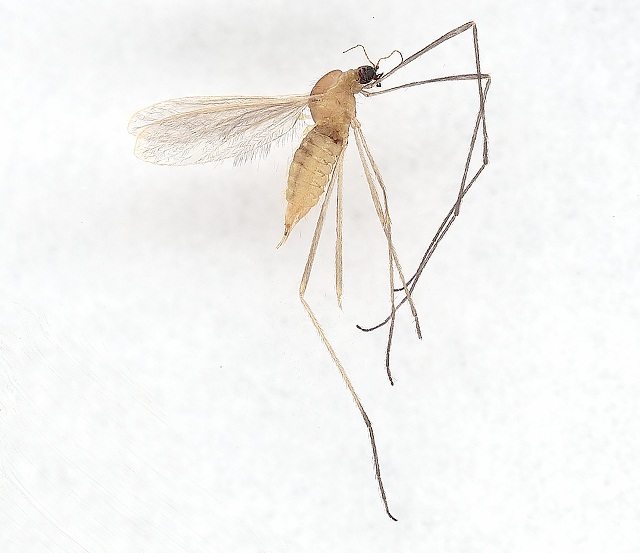
.jpg)

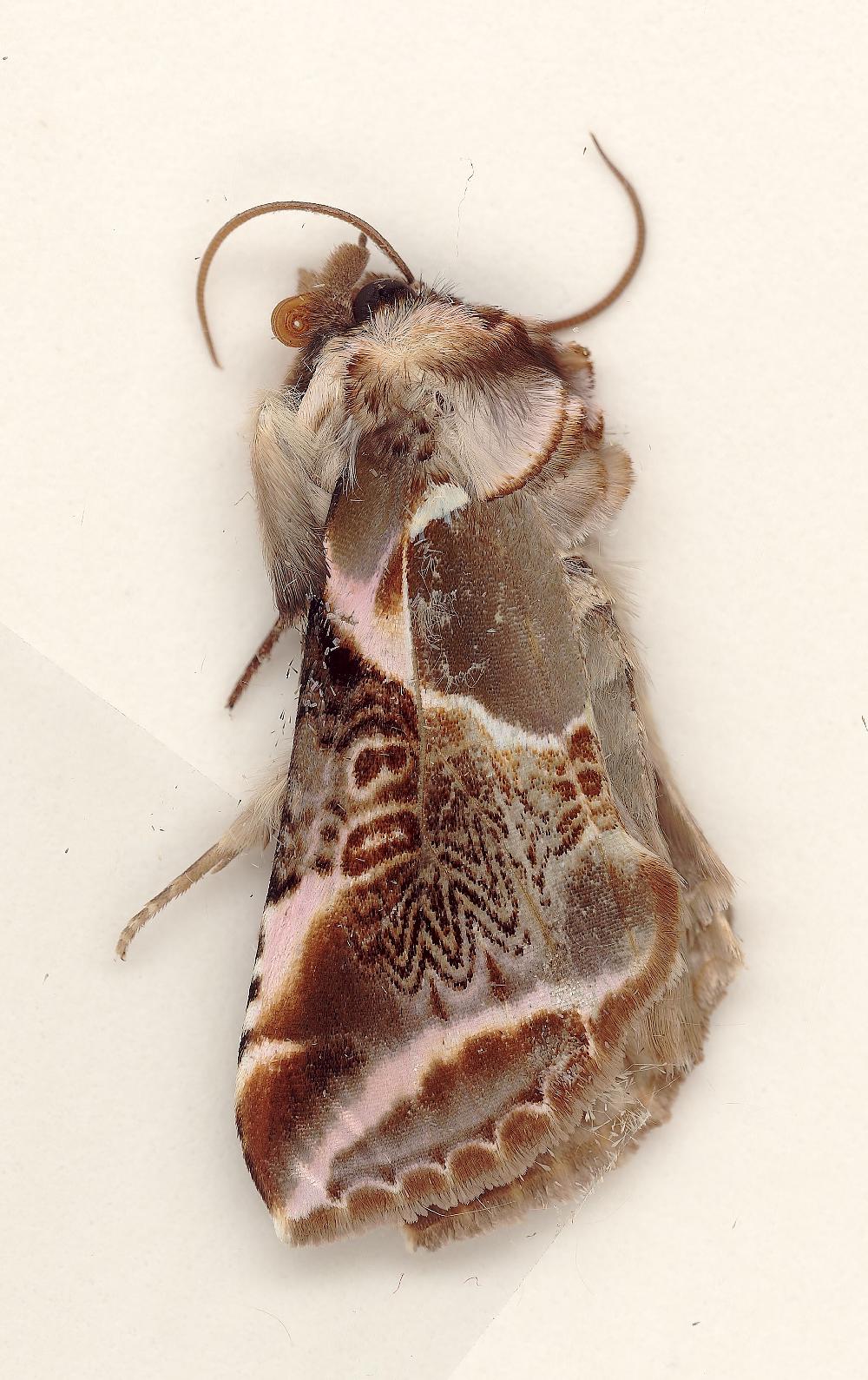
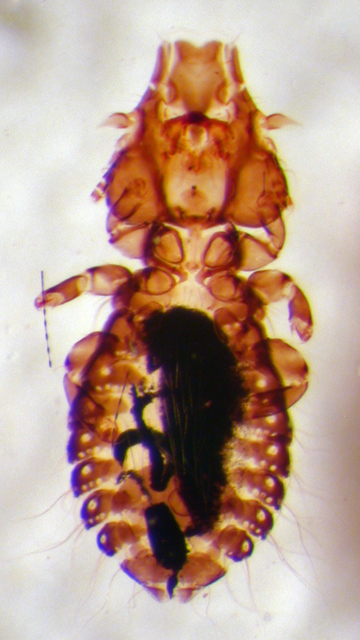
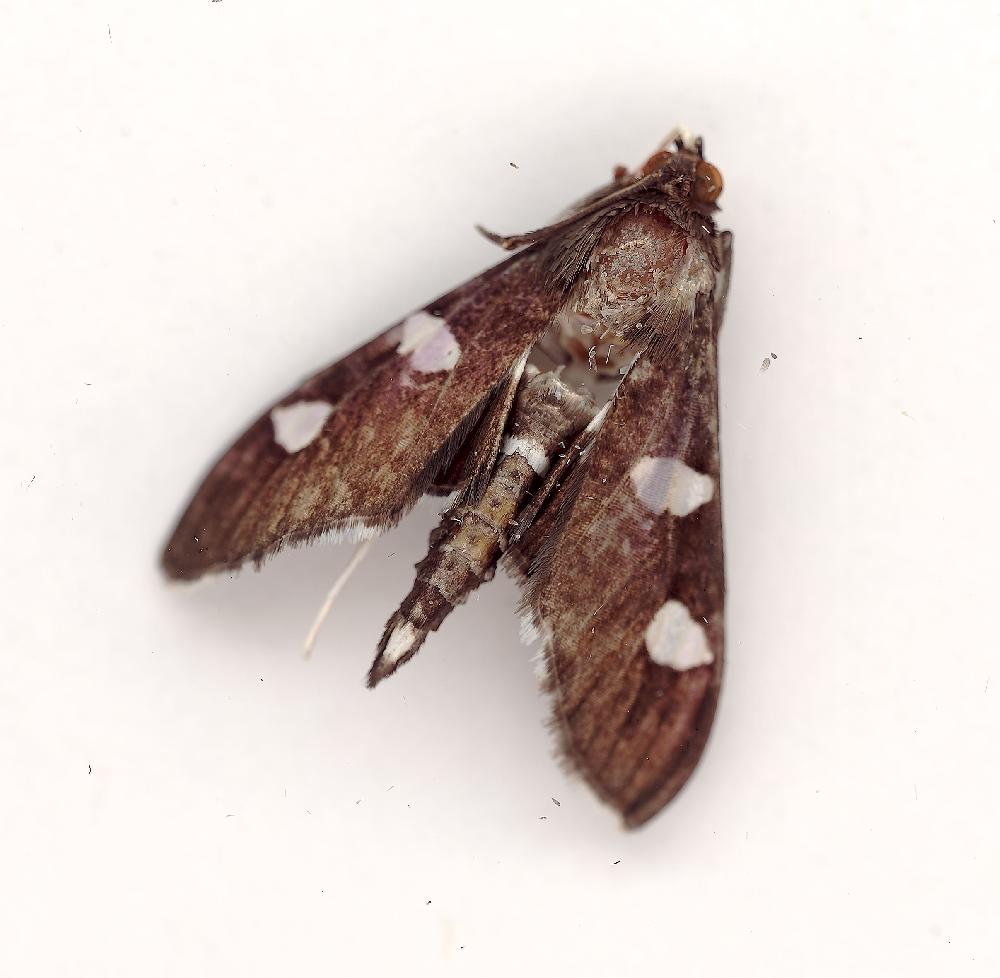

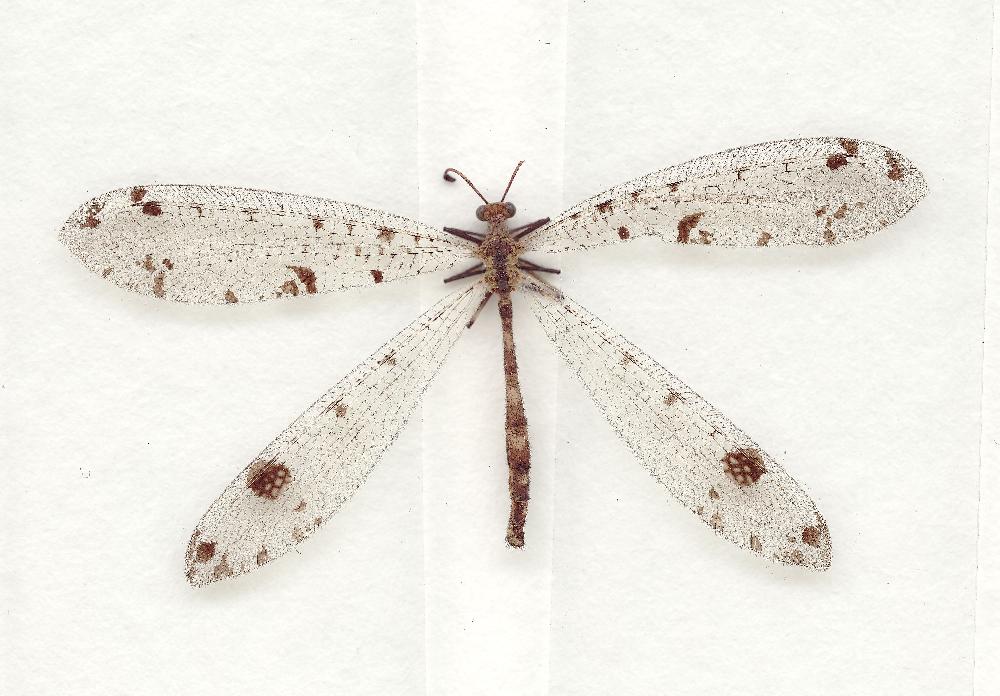
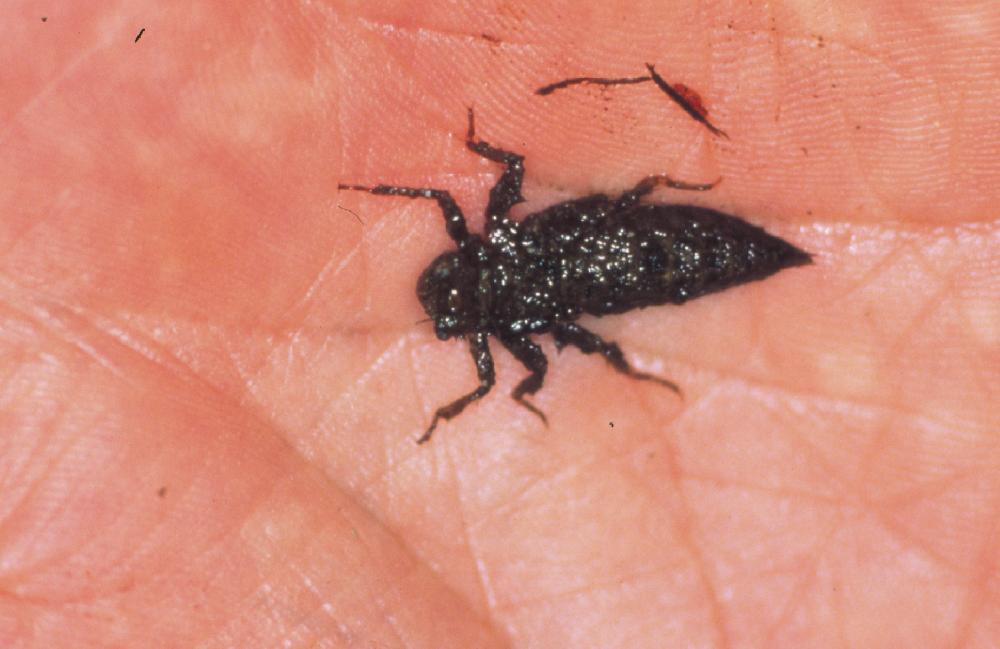
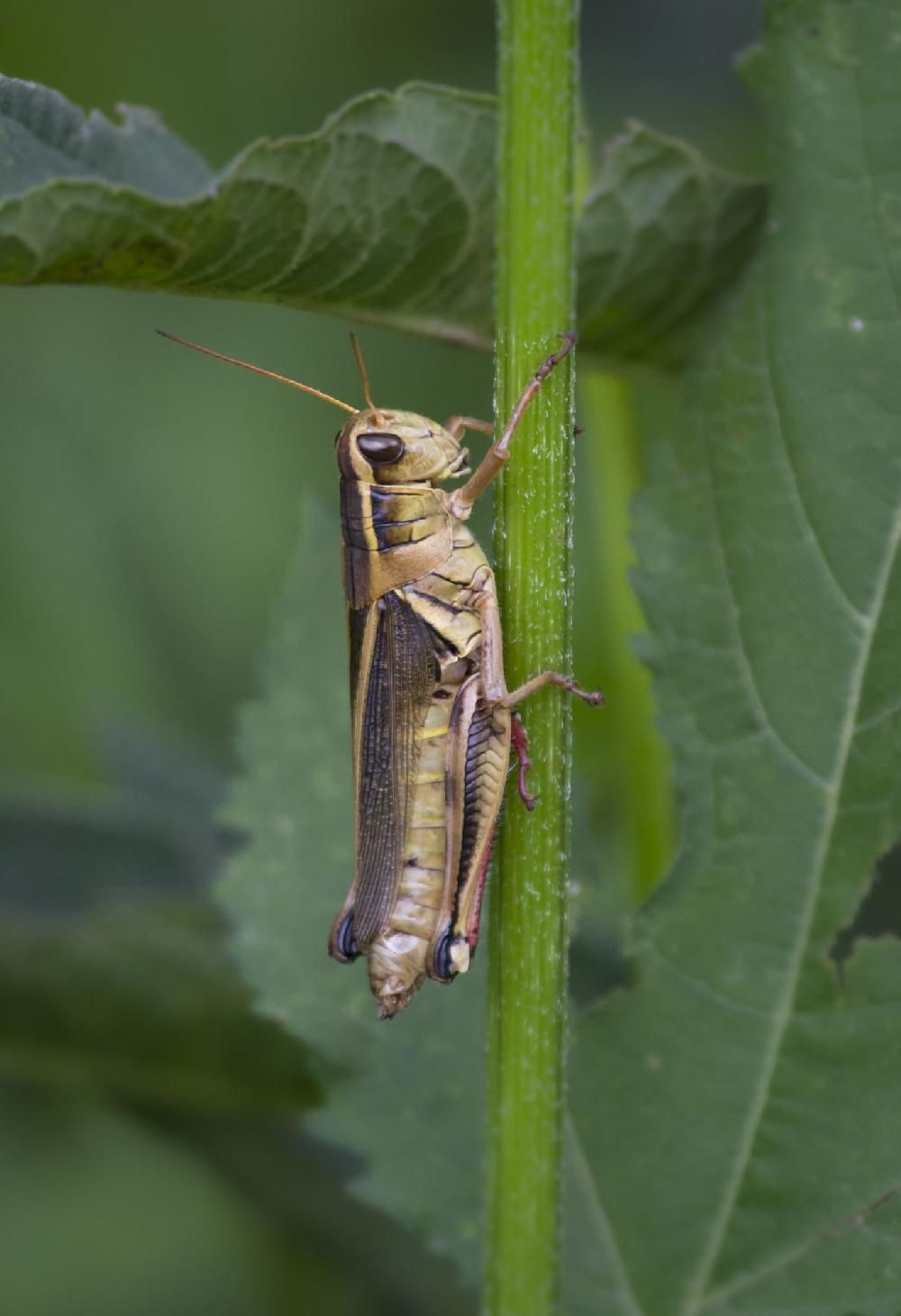
.jpg)
